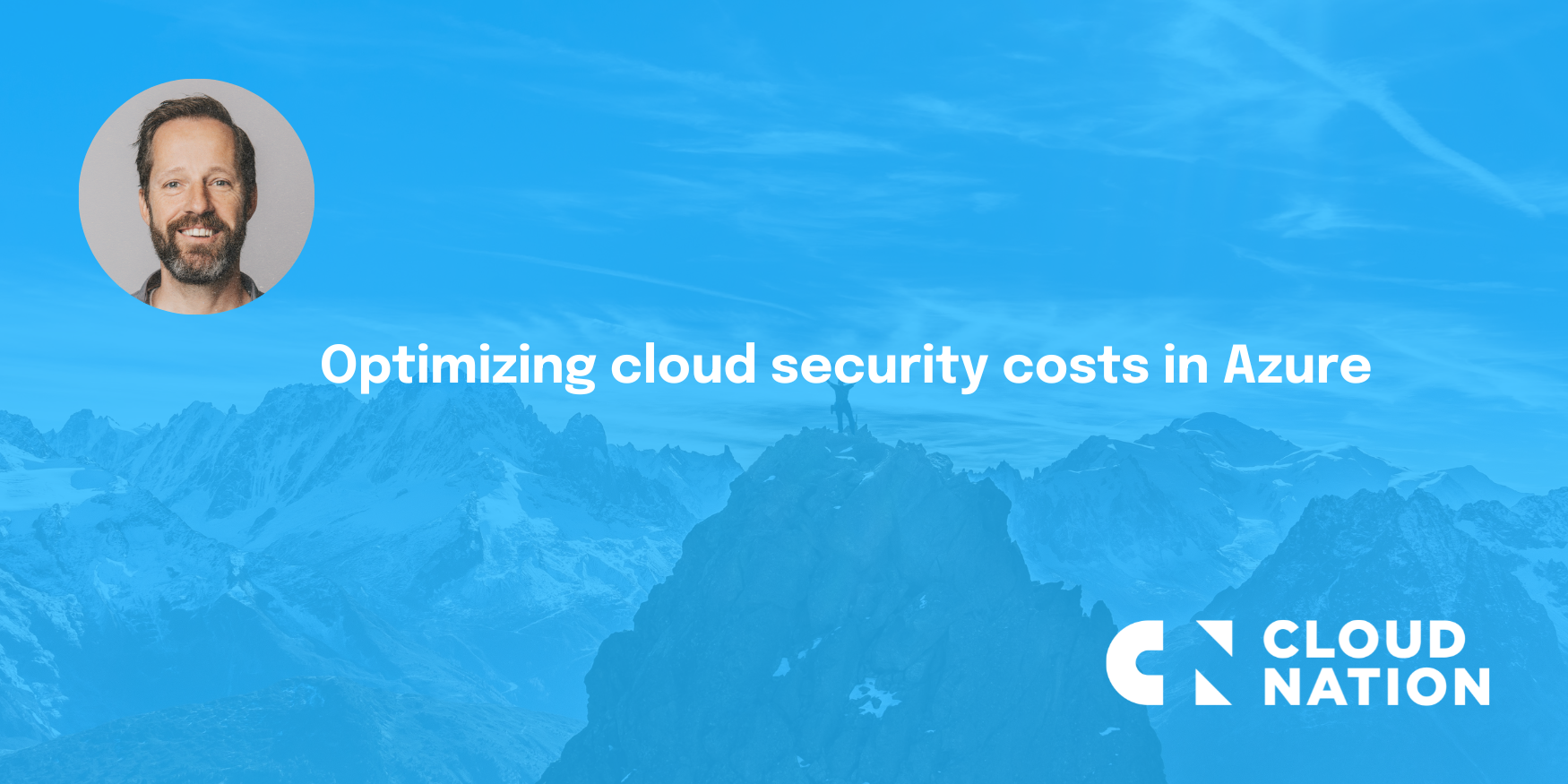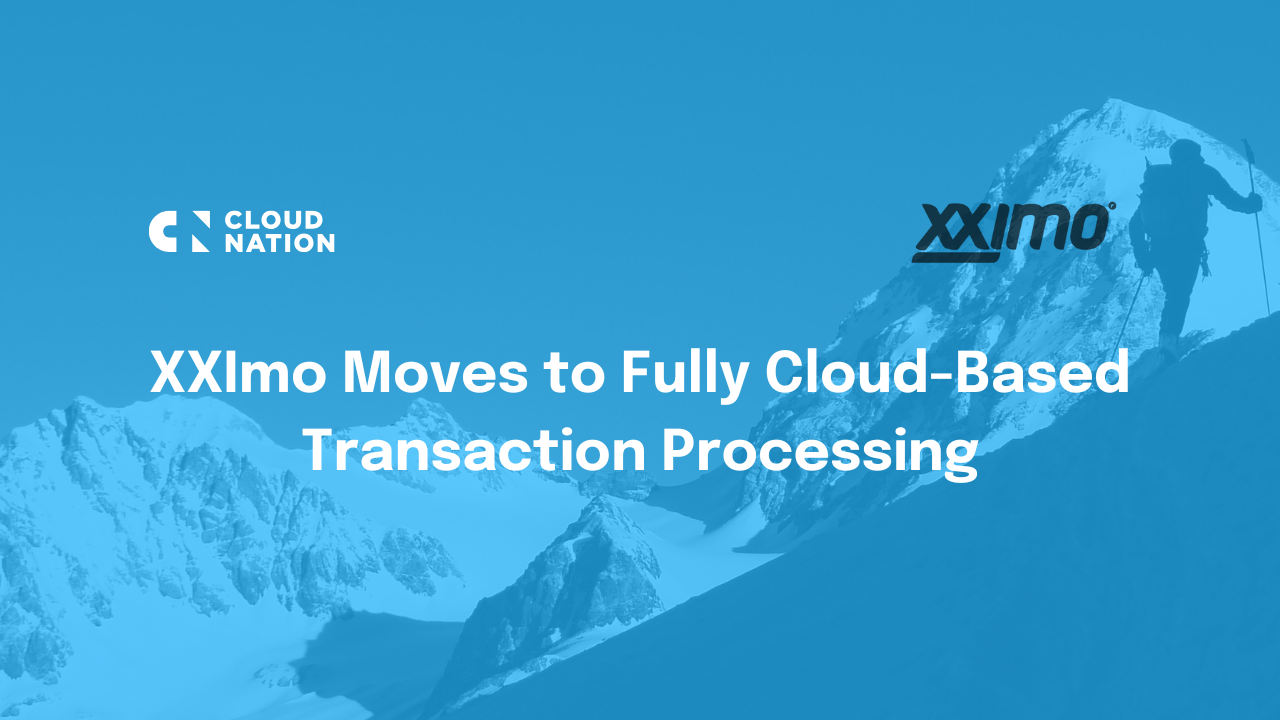The modern business landscape is defined by speed, innovation, and adaptability. Companies that fail to scale efficiently, deploy applications quickly, and manage infrastructure effectively find themselves falling behind.
Organizations across industries—from e-commerce and finance to healthcare and manufacturing—are rapidly transitioning to cloud-native architectures. They demand high availability, seamless scalability, and cost optimization. But traditional infrastructure and monolithic applications can’t keep up.
This is where Kubernetes (K8S) comes in. As the de facto standard for container orchestration, Kubernetes enables enterprises to deploy, scale, and manage applications seamlessly across any environment—on-premises, in the cloud, or hybrid setups.
But why Kubernetes? And how does it accelerate Digital Transformation?
Kubernetes as the foundation of digital transformation
Kubernetes is more than just a container orchestration tool—it’s a business enabler. It provides organizations the agility needed to launch products faster, scale on demand, and reduce infrastructure complexity.
- Agility & Speed: Kubernetes accelerates software deployment or relase cycles, enabling businesses to innovate faster.
- Scalability & Elasticity: Automatic-scaling ensures workloads meet demand without manual intervention.
- Cloud-Native by Design: Kubernetes supports multi-cloud, hybrid-cloud, and on-prem deployments, avoiding vendor lock-in.
- Cost Optimization: Smart resource allocation prevents over-provisioning and reduces cloud expenses.
Breaking free from monolithic constraints
Many businesses still rely on monolithic applications—large, tightly coupled systems that make updates slow, scaling complex, and deployments risky.
Challenges of Monolithic Architectures:
- Lengthy deployment cycles with high risk of failure, if the application goes down, all functionality is lost.
- Lack of scalability—entire applications must scale, not just specific services.
- Difficult cloud migrations due to rigid dependencies.
Kubernetes enables Microservices:
- Applications are split into independent services, each running in its own container, if one microservice goes down, only a part of the functionality is lost.
- Deployments are faster and isolated, reducing downtime.
- Scalability is dynamic—scale individual services rather than entire applications.
By adopting Kubernetes, companies transition from slow, fault sensitive monoliths to modern, scalable, and resilient applications.
Example: A global e-commerce platform migrating to Kubernetes can scale checkout services separately from product browsing—ensuring performance even during peak sales seasons.
Kubernetes enables multi-cloud & hybrid cloud strategies
Avoiding vendor lock-in is a priority for enterprises. Kubernetes is cloud-agnostic, allowing workloads to run seamlessly on AWS, Azure, Google Cloud, and on-premises.
Benefits of Multi-Cloud & Hybrid Kubernetes Deployments:
✔ Disaster Recovery & Redundancy: Run workloads across multiple clouds to prevent downtime.
✔ Regulatory Compliance: Keep sensitive workloads on-prem while scaling non-sensitive workloads in the cloud
✔ Cost Efficiency: Shift workloads between different cloud providers based on pricing and performance needs.
Example: A financial services company can use AWS for high-performance trading applications while retaining sensitive customer data in an on-premises data center—all managed under a unified Kubernetes architecture.
Security & governance: Kubernetes strengthens IT compliance
Security is a major concern in modern IT environments. Without the right controls, misconfigurations can expose applications to attacks, breaches, and compliance violations.
How Kubernetes Enhances Security:
- Zero-Trust Security: Identity-based access controls ensure only authorized workloads communicate
- Automated Policy Enforcement: Kubernetes-native tools like OPA Gatekeeper & Kyverno prevent insecure deployments
- Threat Detection: Tools like Falco and Defender for Containers provide real-time security monitoring
Kubernetes aligns with regulatory frameworks like ISO 27001, NIST, and PCI-DSS, ensuring enterprises stay compliant.
Example: A healthcare provider running patient data workloads on Kubernetes can enforce HIPAA-compliant security policies at scale.
Kubernetes cuts costs & boosts efficiency
While seemingly affordable at first, cloud costs can be hard to control in a growing organization without proper resource management. Kubernetes optimizes cloud spend by ensuring efficient container utilization and workload auto-scaling.
How Kubernetes Saves Costs:
- Horizontal & Vertical Scaling: Applications and nodes scale only when needed, preventing over-provisioning
- Optimized Workload Placement: Smart scheduling reduces underutilized resources
- FinOps for Kubernetes: Tools like OpenCost track per-namespace and per-service cloud expenses.
- Spot & Reserved Instances: Kubernetes integrates with AWS Spot Instances & Azure Reserved VM instances to reduce compute costs.
Example: A media streaming company running Kubernetes on AWS cut costs by 30% by using autoscaling and cost-aware workload scheduling.
Kubernetes supports devOps, GitOps & CI/CD automation
Continuous Integration & Continuous Deployment (CI/CD) is essential for modern DevOps teams. Kubernetes automates software releases, improving developer productivity.
Kubernetes + DevOps Benefits:
- GitOps Integration: Kubernetes supports continuous deployment tools like ArgoCD and FluxCD for empowering your organization to implement GitOps: declarative Git-based deployments.
- CI/CD Automation: Streamline rollouts using the CI/CD tooling of your choice: Jenkins, GitHub Actions, or Azure DevOps.
- Self-Healing Clusters: Kubernetes deployments automatically detects when pods fail, and your Continuous Deployment tool allows you enable automatic healing of deployments and environments.
Example: A logistics company using Kubernetes + ArgoCD reduced deployment failures by 70% while increasing release frequency.
Conclusion: Kubernetes can be valuable to future-proofing your business
Organizations adopting Kubernetes achieve greater agility, efficiency, and security, positioning themselves as industry leaders.
Key Takeaways:
- Faster innovation: Shorter release cycles with automated deployments.
- Seamless scalability: Meet customer demands without infrastructure headaches.
- Cost efficiency: Reduce cloud waste and improve resource utilization.
- Security & Compliance: Enforce policies and prevent breaches at scale.
- Multi-cloud flexibility: Avoid vendor lock-in and optimize performance.
Ready to accelerate your Kubernetes journey? CloudNation can help.
We specialize in managed Kubernetes solutions for Azure, AWS, and hybrid environments.





